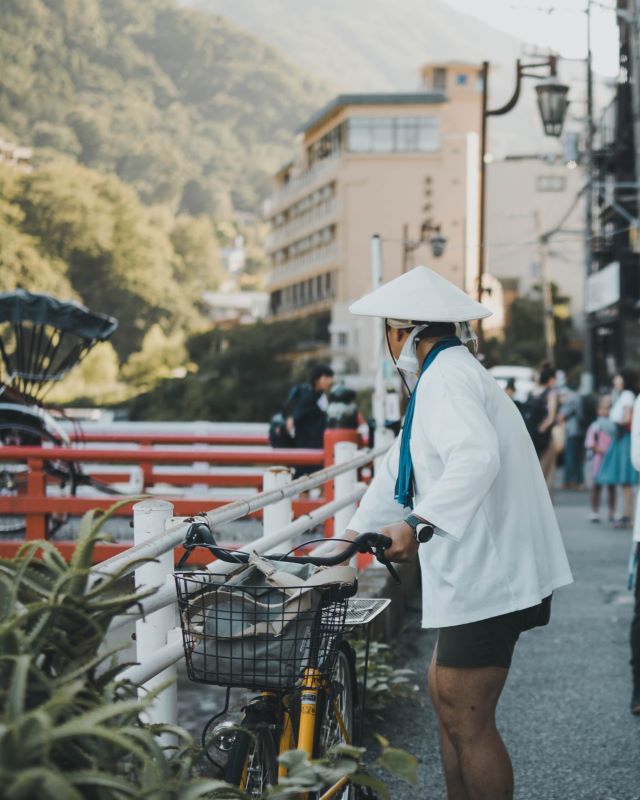The Shikoku Pilgrimage, also known as the Shikoku 88 Temple Pilgrimage, is a spiritual journey that involves visiting 88 temples located on the island of Shikoku in Japan. The pilgrimage has a long history dating back to the 9th century, and it is considered one of the three great pilgrimages of Japan, along with the Kumano Kodo and the Chichibu Pilgrimage.
Purpose of the Shikoku Pilgrimage
The Shikoku Pilgrimage is a spiritual journey that is believed to bring blessings and enlightenment to those who complete it. Pilgrims follow in the footsteps of the Buddhist monk Kobo Daishi, who is said to have founded the temples on the island. Many pilgrims undertake the journey as a way to seek personal growth, connect with their spiritual side, or pay tribute to a loved one.
Route of the Shikoku Pilgrimage
The Shikoku Pilgrimage consists of a circular route around the island that passes through the 88 temples. The route is divided into four sections, each corresponding to one of the four prefectures on the island: Tokushima, Kochi, Ehime, and Kagawa. The entire Shikoku Pilgrimage route is approximately 1,200 kilometers (745 miles) long. It typically takes anywhere from one to three months to complete the pilgrimage, depending on the pace of the pilgrim.
Pilgrims of the Shikoku Pilgrimage
The Shikoku Pilgrimage is open to anyone, regardless of religion or belief. Pilgrims come from all walks of life and can be of any age, from young children to seniors. Many pilgrims walk the entire route, while others choose to travel by bike or by car. Some pilgrims choose to make the journey alone, while others prefer to travel in groups.
Accommodation on the Shikoku Pilgrimage
Pilgrims can stay at temples along the route, which typically offer simple accommodation in the form of dormitory-style rooms or small private rooms. Some temples also offer vegetarian meals. Many pilgrims opt to bring their own camping gear and sleep in tents or at designated campsites.
Souvenirs from the Shikoku Pilgrimage
Pilgrims can collect stamps, known as “goshuin,” at each of the 88 temples to serve as a record of their journey. These stamps are usually written in ink and are collected in a book known as a “goshuincho.” Pilgrims can also purchase other souvenirs, such as wooden prayer beads or temple-specific items, at each temple.
Tips for Planning Your Shikoku Pilgrimage
If you’re considering making the Shikoku Pilgrimage, it’s important to plan ahead and be prepared for the physical and mental challenges that may arise along the way. Some tips to consider include:
- Research the route and familiarize yourself with the location of each temple.
- Pack light, as you’ll be carrying your belongings with you for the duration of the journey.
- Make sure you have proper clothing and footwear for the weather and terrain.
- Consider purchasing a map or guidebook to help you navigate the route.
- Plan your accommodation in advance, especially if you’re traveling during peak season.
- Take breaks and rest when you need to. Remember that the journey is more important than the destination.
Whether you’re a seasoned pilgrim or a first-time traveler, the Shikoku Pilgrimage is an unforgettable journey that will leave a lasting impression




